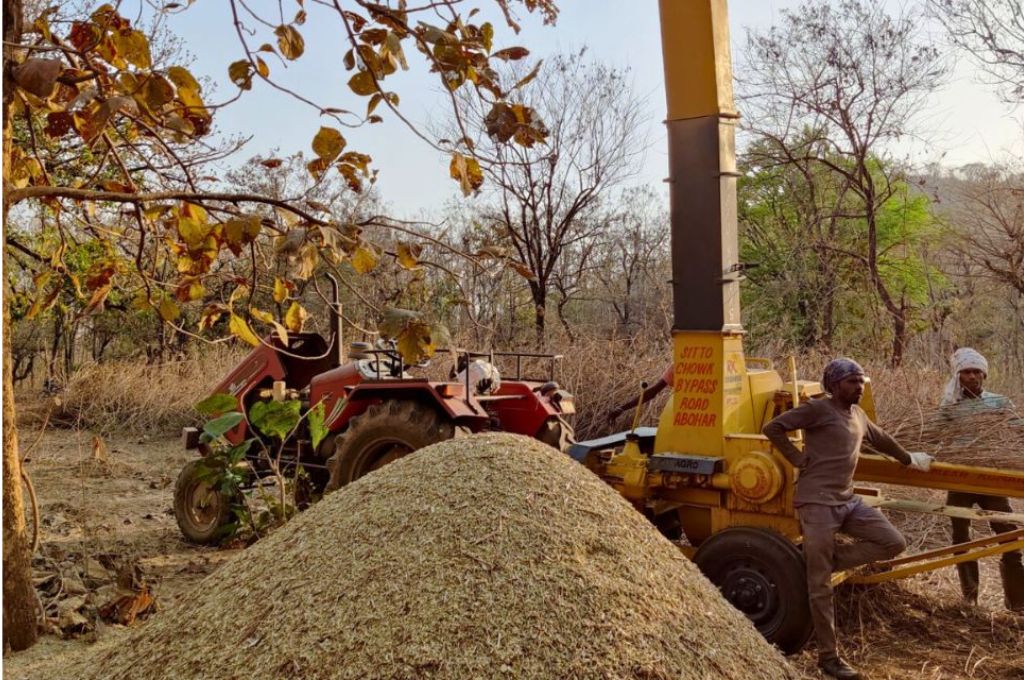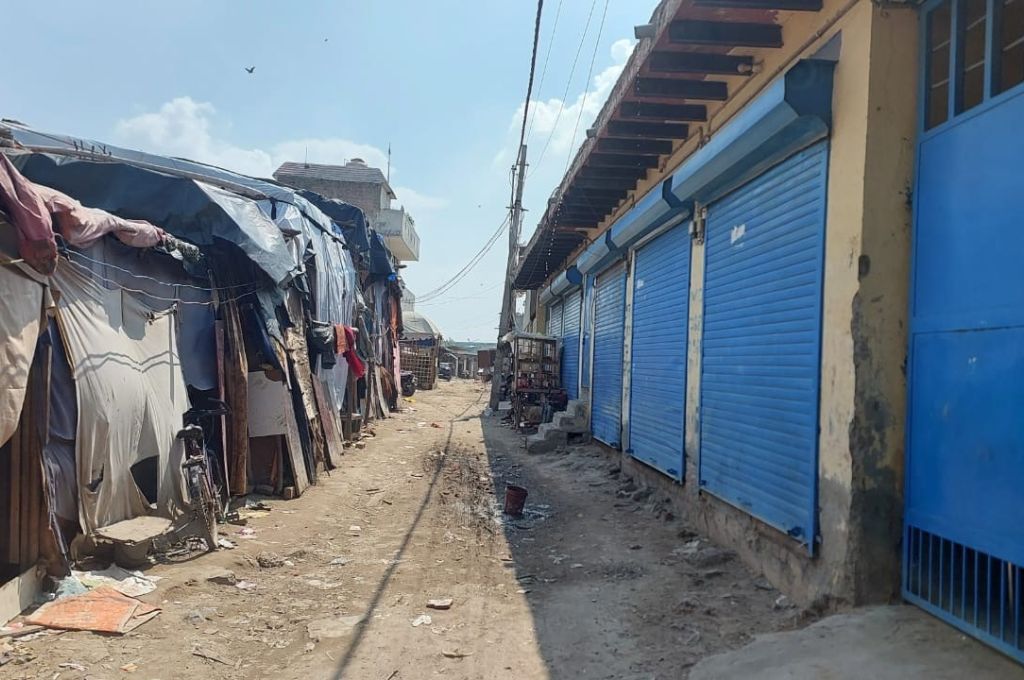I travelled from Mizoram to Assam to learn the Hindi language

I am a documentary film-maker from Damparengpui village in Mizoram’s Mamit district. I grew up speaking Bru at home, which is the language of the Bru community that I belong to. In school, I learned Mizo as it was mandatory for all students, and it was sufficient for most people living in the state. Mizo is the most widely spoken language here, and people usually prefer to communicate in their own language. However, in 2016, I decided that I had to learn Hindi.
I felt that knowing Hindi was essential to find employment opportunities both within and outside the state, and it was also a medium of connecting, communicating, and sharing ideas with people outside Mizoram.
To learn Hindi, I moved to Guwahati, Assam, that same year, and took up work at various hotels and restaurants. I told my employers that I was ready to do any kind of work as long as I got to learn Hindi. My first job was at a Mizo restaurant, where I worked in the kitchen. Since those were early days in my journey of learning the language, it helped to be in a familiar environment. I would urge everyone working there to speak to me in Hindi, and would also ask them to correct me if I made a mistake. Slowly, as I started picking up the language, I was shifted from the kitchen to reception duties because it involved interacting with customers, including intrastate taxi drivers, many of whom spoke only Hindi. Once I became better at the language, I took up a job as a chef at a non-Mizo restaurant, which paid me more. Knowing the language also helped me navigate an unknown city—despite being an outsider, I could speak with auto drivers, sellers, and shopkeepers and ensure that no one was overcharging me.
When I came back to Mizoram, I started looking for courses and fellowships that would allow me to learn more skills, even if this meant staying away from home again. In 2022, I got selected for the Green Hub fellowship, a residential programme on environmental film-making. Once again, I started speaking Hindi regularly. Since English and Hindi were used to conduct the classes, knowing Hindi helped me put across my thoughts and ideas in a structured manner and have conversations with people about film-making. As I graduated and a new batch of fellows from Mizoram joined, I became a bridge between them and the mentors before the fellows learned to articulate in Hindi or English.
The fellowship taught me how to make documentaries and also developed my interest in wildlife conservation. So, if one looks at it this way, I learned a language and it paved the path for me to skill myself even further. Nowadays, when I am not making documentaries, I conduct environmental awareness workshops at schools. I also accompany wildlife enthusiasts who visit our village and translate for them, which allows me to earn some money and exchange knowledge.
Rodingliana is an IDR Northeast Media Fellow 2024–25.
—
Know more: Learn how the Bru community in Mizoram is losing its handicraft traditions.
Do more: Connect with the author at rdaapeto157@gmail.com to learn more about and support his work.



